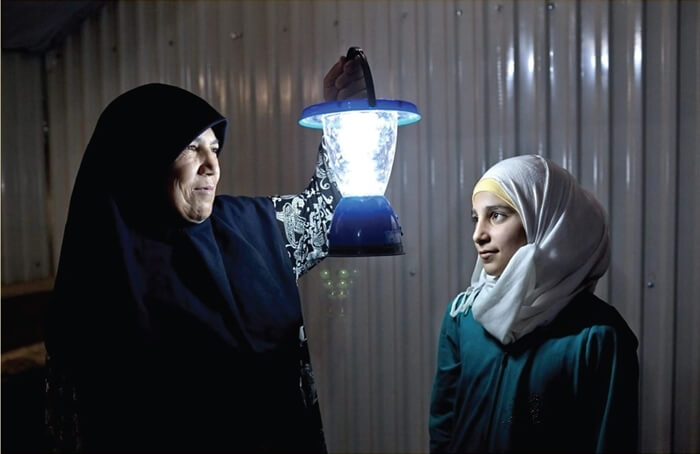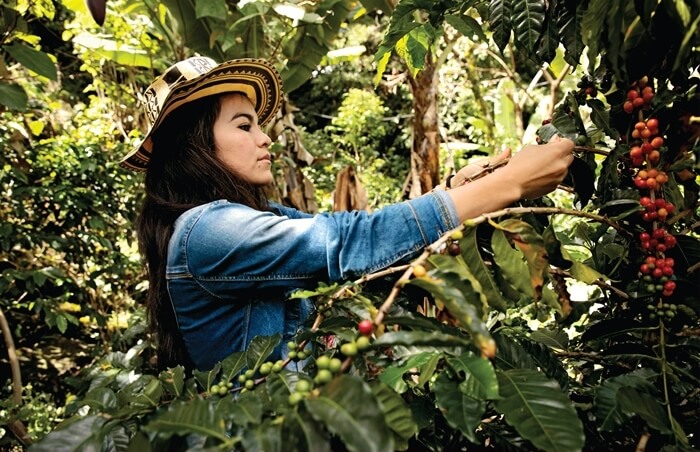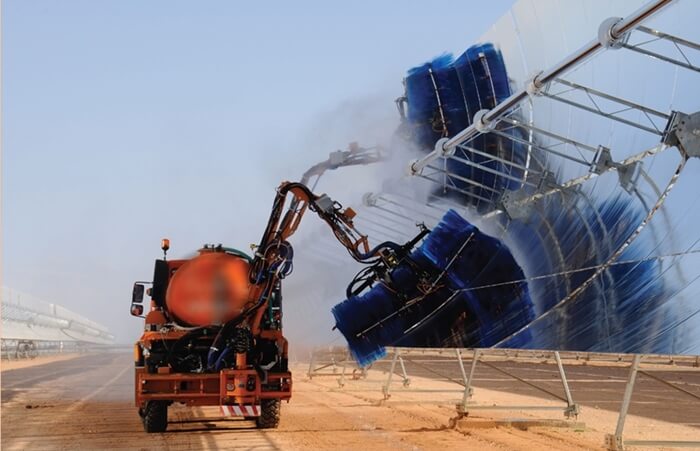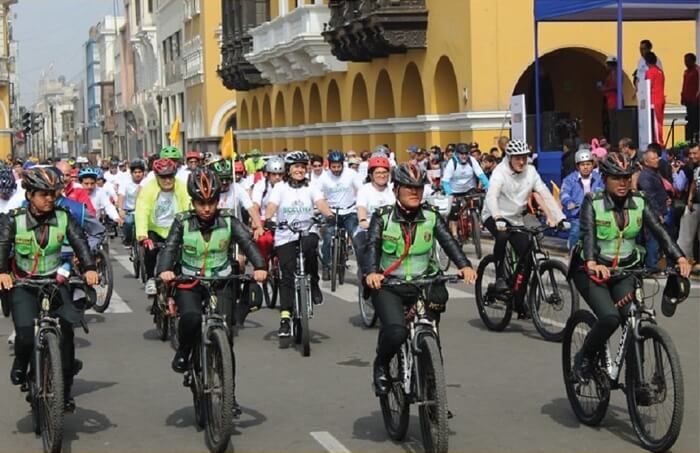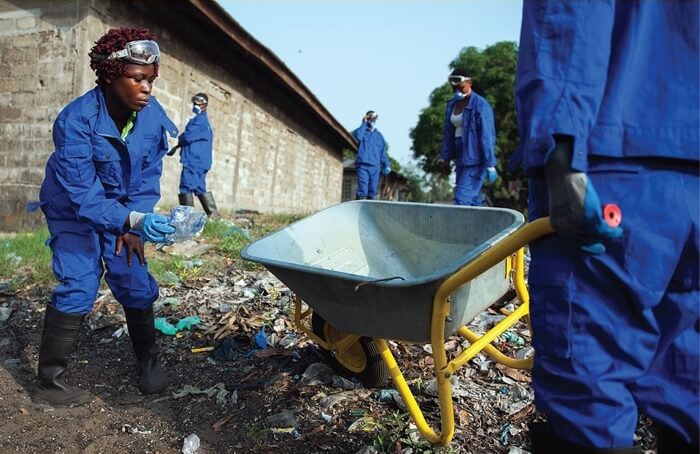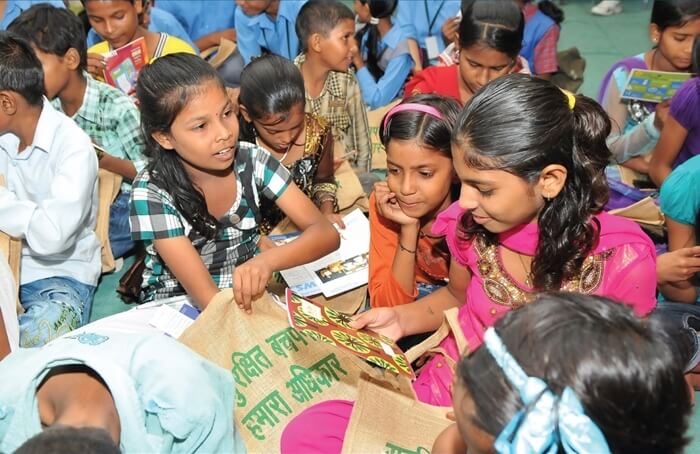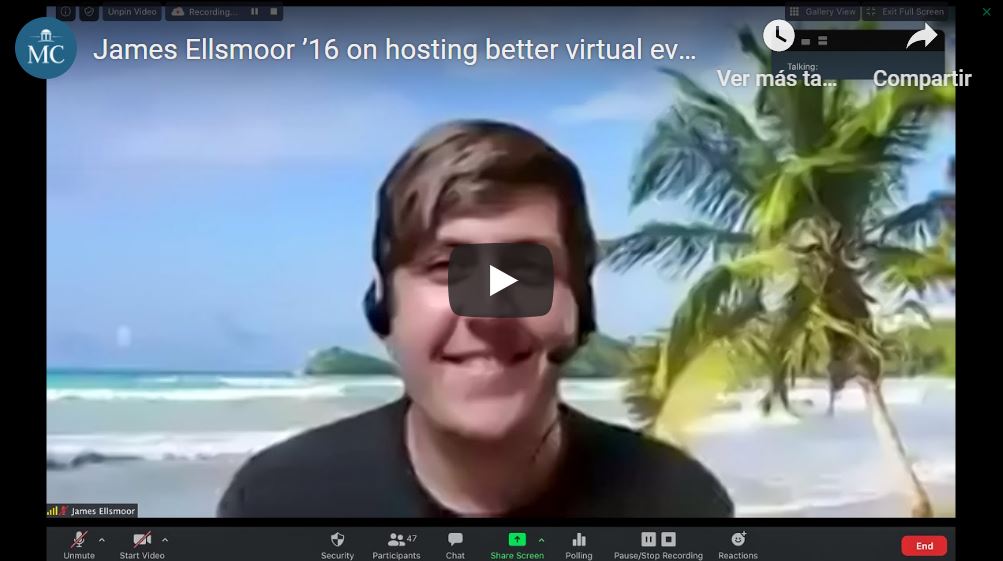Excerpt from bloomberg.com
For a few years, Prai Witu village in Indonesia was a shining example of the good that clean energy can bring to an impoverished community.
In 2017, the national government and Millennium Challenge Corp., a foreign-aid arm of the U.S., began installing micro electric grids to give residents access to a constant electricity flow for the first time. Within two years, only 3% of households connected to the grids were using nonrenewable energy, down from 21% before they were installed, according to Millennium Challenge.
At first, life on the island was transformed. The entire network, when completed, included 300 street lights and 48 kilometers of distribution lines. More than 850 houses and 50 public facilities were able to get power throughout the day from 11 micro grids.
A local company, PT Mikro Kisi Sumba, was established to run the network and collect payments for the power. People who were connected to the grid could pay as they went, adding money to their accounts to access the electricity. The Puskesmas health center invested in electric-powered equipment to sanitize tools and refrigeration to store vaccines and anti-venom serum.
Soon, though, signs emerged that things weren’t going smoothly. A few months after construction was completed, some of the battery packs began to leak. Other equipment caught on fire. While the company that provided the batteries had guaranteed them for 10 years, the business shut down and wasn’t able to make good on the agreement, according to Nino Dewa Brisal, president director of Mikro Kisi Sumba.

Island Innovation is a social enterprise and digital media company at the intersection of sustainable development and communications, offering specialised services across various sectors. We bring together the private sector, government, utilities, NGOs and universities to advance innovation for sustainability and prosperity in islands worldwide.

